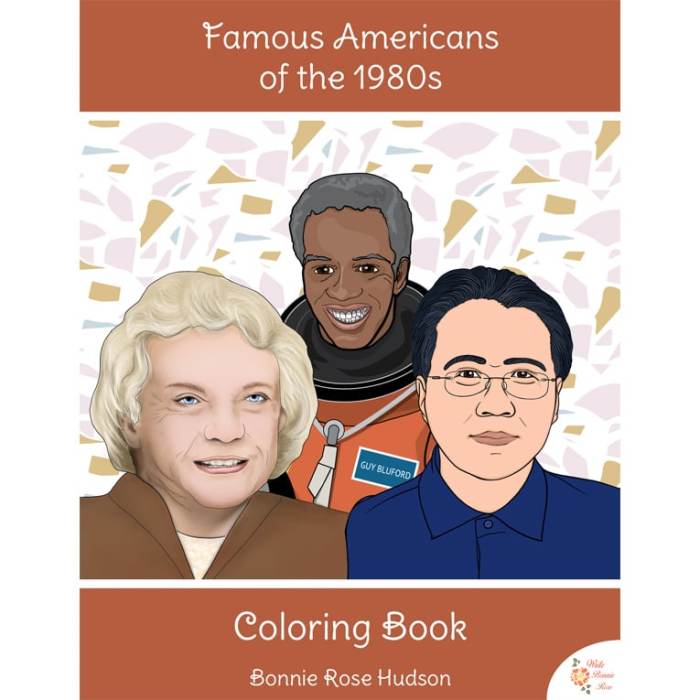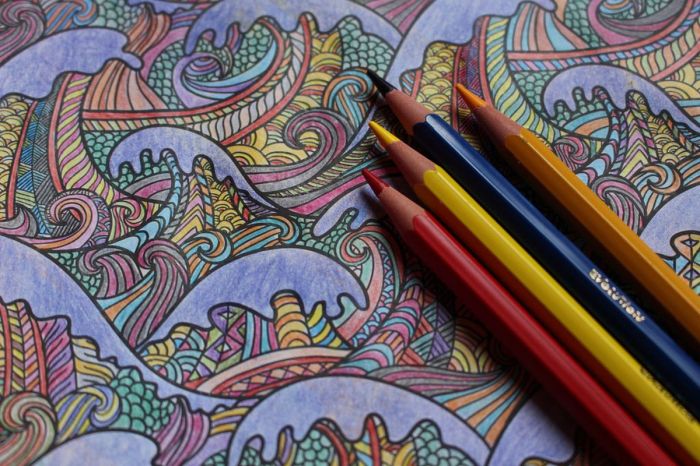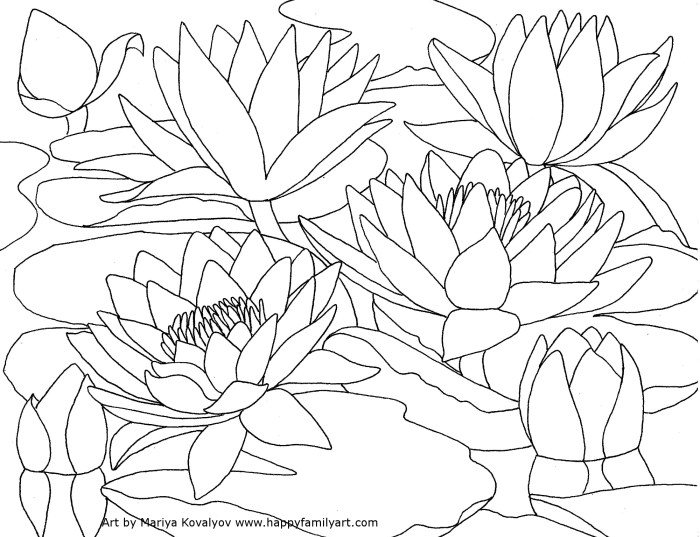Artistic Style and Character Design in 1980s DC Coloring Books

The artistic style of 1980s DC coloring books largely mirrored the evolving aesthetic of the comic books themselves, though often simplified for a younger audience. While maintaining recognizable character features, the coloring book art frequently employed a more cartoonish and less detailed approach compared to the flagship comics. This simplification facilitated easier coloring for children while still capturing the essence of the characters and their iconic costumes.The character designs in these coloring books directly reflected the popular heroes and villains of the era.
Superman’s classic red and blue suit, Batman’s dark cape and cowl, Wonder Woman’s tiara and bracelets – all were faithfully represented, albeit with a degree of stylistic streamlining. The designs frequently showcased the characters in dynamic poses, often mid-action, reflecting the adventurous narratives found in the concurrent comic books. Popular villains like the Joker, Lex Luthor, and Brainiac also featured prominently, embodying their respective sinister aesthetics in simplified forms suitable for coloring pages.
Comparison of Coloring Book Art Styles to Contemporary Comic Book Art, 1980s dc coloring books
The coloring book art of the 1980s stands in contrast to the contemporary comic book art of the time in its level of detail and stylistic complexity. While comic books were beginning to explore more nuanced and detailed styles, influenced by artists like Frank Miller and Alan Moore, the coloring books generally retained a more simplistic, almost illustrative quality.
The linework was bolder, the shading less intricate, and the overall aesthetic aimed for clarity and easy color application rather than the sophisticated rendering techniques becoming increasingly prevalent in the comics themselves. Think of the detailed, almost photorealistic style of some contemporary comic books versus the simpler, cleaner lines of a coloring book page; the difference is quite marked.
Color Palettes in 1980s DC Coloring Books
The color palettes employed in 1980s DC coloring books were generally bright and vibrant, reflecting the bold and energetic nature of the characters and the superhero genre as a whole. The color choices often adhered closely to the established color schemes of the characters in the comics. Superman remained predominantly blue and red, Batman dark gray and black, and Wonder Woman’s red, white, and blue were consistently represented.
However, there was a tendency toward a slightly more saturated and intense range of colors than might be found in the comics themselves, possibly to enhance the visual appeal for young colorists. The overall effect was one of cheerful vibrancy, encouraging children to fill the pages with bright, bold hues.
Cultural Impact and Nostalgia

DC coloring books of the 1980s held a significant place in the childhoods of many, shaping their understanding of popular culture and fostering a lifelong connection to these iconic characters. Their impact extended beyond simple entertainment, influencing artistic expression, storytelling preferences, and the development of imaginative play. The enduring appeal of these books today speaks volumes about their cultural resonance and the powerful nostalgic pull they exert on a generation that grew up with them.These coloring books provided a readily accessible entry point into the vibrant world of DC Comics.
For many children, they were their first exposure to the likes of Superman, Batman, Wonder Woman, and the Justice League. The bright colors, dynamic action scenes, and familiar characters created a captivating visual experience that stimulated creativity and imagination. Beyond individual characters, the books often featured storylines and team-ups mirroring the comics, subtly introducing children to complex narratives and moral themes in a manageable and engaging format.
The act of coloring itself became a form of creative engagement, allowing children to personalize their favorite heroes and villains and to actively participate in the storytelling process.
Cultural Reflection in 1980s DC Coloring Books
The coloring books faithfully reflected the popular culture trends of the 1980s. The stylistic choices, character designs, and even the storylines often mirrored the aesthetics and narratives prevalent in the comics, television shows, and films of the era. For instance, the bold, sometimes exaggerated, character designs reflected the stylistic choices in the comics themselves, often featuring muscular physiques and dramatic poses.
The storylines frequently included elements of adventure, science fiction, and fantasy, reflecting the popular genres of the time. Moreover, the inclusion of popular characters like Superman and Batman, at the height of their popularity on television and in film, ensured the coloring books tapped into existing cultural fascination. A specific example would be the prevalence of “New Teen Titans” coloring books mirroring the television series’ popularity, introducing a younger generation to the team’s unique dynamic and diverse roster.
Nostalgic Appeal for Adult Collectors
The nostalgic appeal of these coloring books for adult collectors stems from their ability to evoke powerful memories of childhood and a simpler time. For many, these books represent a tangible link to their youth, a connection to the characters and stories that shaped their imaginations. The vibrant colors and familiar imagery trigger strong sensory memories, transporting adults back to a time of carefree creativity and playful engagement.
The scarcity of certain titles, combined with their often-pristine condition in the hands of collectors, also contributes to their value and desirability. Furthermore, the books serve as a fascinating glimpse into the artistic style and cultural trends of the 1980s, offering a valuable window into a bygone era.
A Child’s Experience with a 1980s DC Coloring Book
Eight-year-old Timmy clutched his new “Superman vs. Lex Luthor” coloring book, the vibrant cover depicting Superman soaring through the sky, a defiant Lex Luthor scowling below. The thick, glossy pages felt exciting in his hands. He carefully selected his crayons, a box of 64 vibrant hues a treasure trove of possibilities. Hours melted away as Timmy colored Superman’s cape a deep, rich blue, Lex Luthor’s suit a menacing black.
He meticulously filled in the details, the Kryptonian symbol on Superman’s chest, the intricate designs on Luthor’s armor. Each stroke of the crayon was a step further into the world of his heroes, a world where good triumphed over evil, and imagination knew no bounds. The finished artwork, proudly displayed on his bedroom wall, was more than just a picture; it was a testament to his creativity and a cherished memento of a thrilling afternoon spent in the company of his favorite superhero.
1980s DC coloring books often featured bold, iconic imagery reflecting the era’s pop culture. A stark contrast to these, perhaps, would be the gentler aesthetic of minnie mouse coloring book pages , showcasing a different style entirely. However, both exemplify the enduring appeal of coloring books as a creative outlet, regardless of the decade or character. The vibrant hues and simplified designs of those 1980s DC books remain collectible today.



